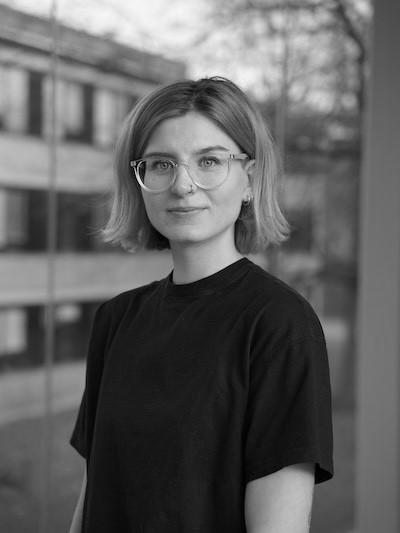Gina Ross
Field of research: Analytical Chemistry
Describe your field of work and current role
I am an analytical chemist specializing in the development of low-cost, user-friendly, and portable biosensors and diagnostic devices with smartphone-based readout with the overarching goal of taking science out of centralized laboratories and putting it into the hands of end-users who need it.
My current role is as CTO of the start-up company VenomAid Diagnostics. Our goal is to develop tests that can rapidly detect specific venoms in patient samples to assist physicians in diagnosing snakebite so that an appropriate antivenom can be administered. Our flagship product will be a monoclonal antibody-based lateral flow assay capable of detecting venoms from Bothrops spp. in Brazil. In addition to leading the tech and R&D activities in the company, I am also supervising an industrial PhD student who is combining biotechnology and analytical chemistry to develop a novel biosensing platform.
What has your path been from starting at university until today?
I studied my BSc and MSc in the field of forensic toxicology at Bournemouth University in the UK. Throughout these studies, I worked as a subject specialist which involved regularly organizing talks, workshops, and summer camps for high school and college students (ages 12-18) focusing on applying science and making STEM attractive to young people.
My interest in developing diagnostics led me to take a PhD as part of the EU-H2020 MSCA programme at Wageningen University & Research (WUR) in The Netherlands. The focus of my PhD was to develop consumer-operable analytical devices for the detection of multiple food allergens in bakery products, using a smartphone as a readout device. My PhD was granted cum laude and received the Kolthoff award from the Royal Dutch Chemical Society for the best dissertation in analytical chemistry of the past two years, it was also highlighted by the European Commission as a key exploitable result of Horizon 2020. My postdoc focused on combining paper-based microfluidics with mid-infrared spectroscopy for future on-site food safety applications. In May 2022, I moved to Denmark to join VenomAid Diagnostics as the CTO – we are in the process of validating our lateral flow assay for detection of snake venoms and early next year I will travel to Brazil to test real-life patient samples and conduct a user experience study with the target end-users.
What can be done to strengthen applied STEM research and innovation in Denmark?
It can be strengthened by ensuring that research, knowledge, and innovation are embedded into society but for this to happen a dynamic cooperation is needed between researchers (from academia and industry), funding agencies, businesses, universities, and research organisations. It is important that the wider public feel the impact of scientific research, this could be by making sure that research results are properly communicated with the those who will benefit from them, or even by actively involving the public in research. The outcomes of research should also be beneficial to society and create value – this could look like economic value (job creation, contribution to welfare, talent growth) or scientific value (e.g., breakthroughs that lead to a better understanding of people, society, and the world).
The government also has a role in guiding the research and innovation ecosystem by creating policy, laws, and regulations related to applied research and by enhancing demand and finances available to enable key technologies and for different types/themes of applied research.
What will you use your YATSI membership for?
I will use my YATSI membership to network with other likeminded young scientific leaders across diverse disciplines to further strengthen my knowledge of research and innovation in different sectors. Being able to openly communicate with this network will allow me to contribute to forming solutions for important societal challenges at a national and international level. I would also use my membership to position myself as a role model for the next generation of young people in STEM. During my PhD and postdoc, I focused attention on promoting accessibility in STEM and involving the public with scientific research (citizen science) and plan to use my YATSI membership to continue with this. I believe it is important that individuals without a scientific background can still be involved with scientific research especially when conducting research that should benefit society.
Who’s the person behind the member?
My name is Gina, I would describe myself as an energetic, empathetic, and creative person. I love animals and have 2 pet snakes and a cat. I have been fascinated by venomous animals (particularly snakes) since being a young child so I am very fortunate to be able to be able to work in a field where I can combine my expertise (diagnostic development) and passion (snakes) to hopefully make a positive impact on society. I enjoy being creative, whether this is by using CAD to design new devices that I then 3D print, or by making drawings/illustrations. I also love spending time outside and exploring nature.
